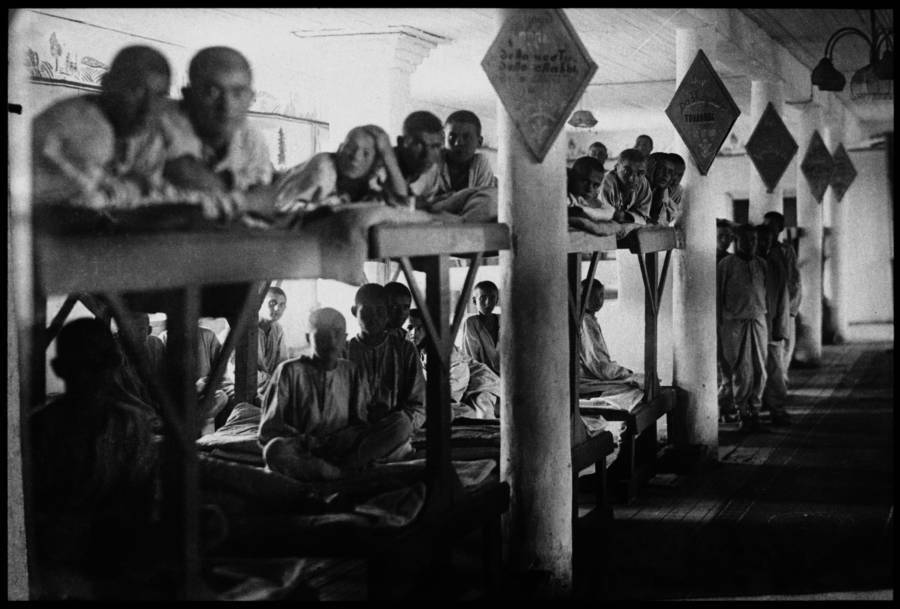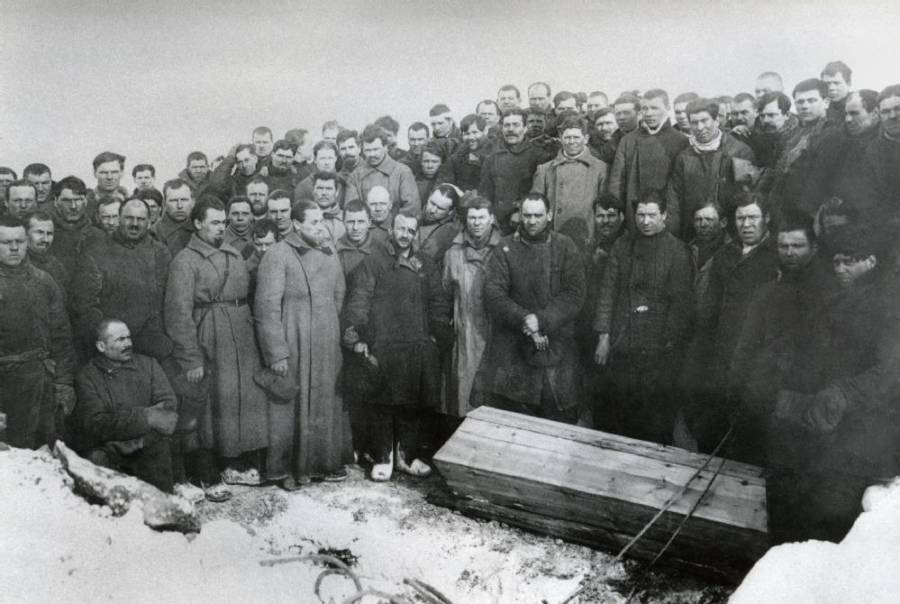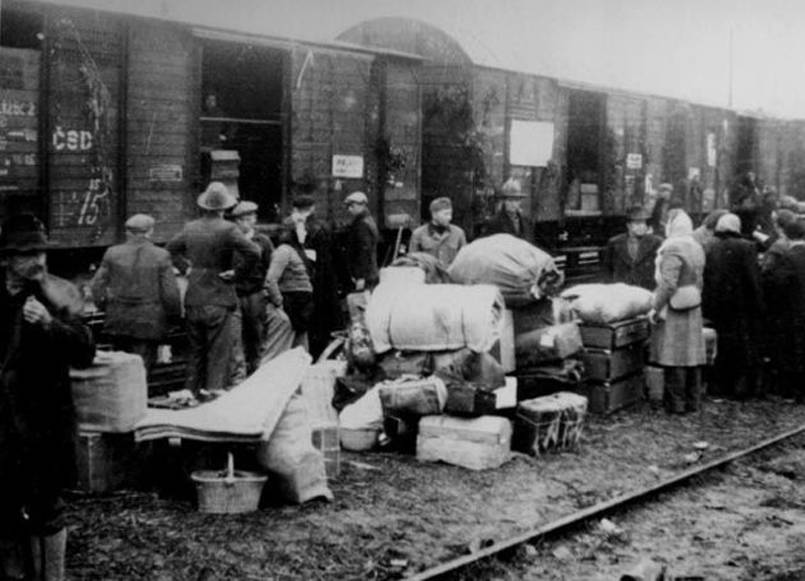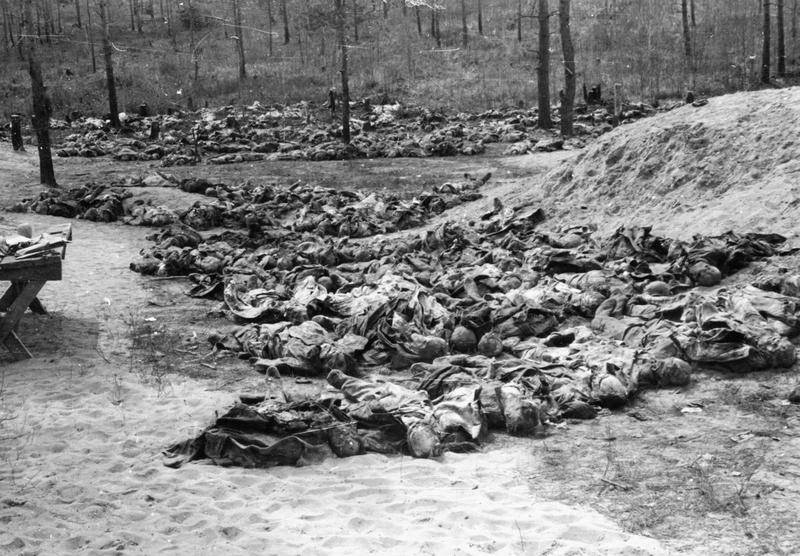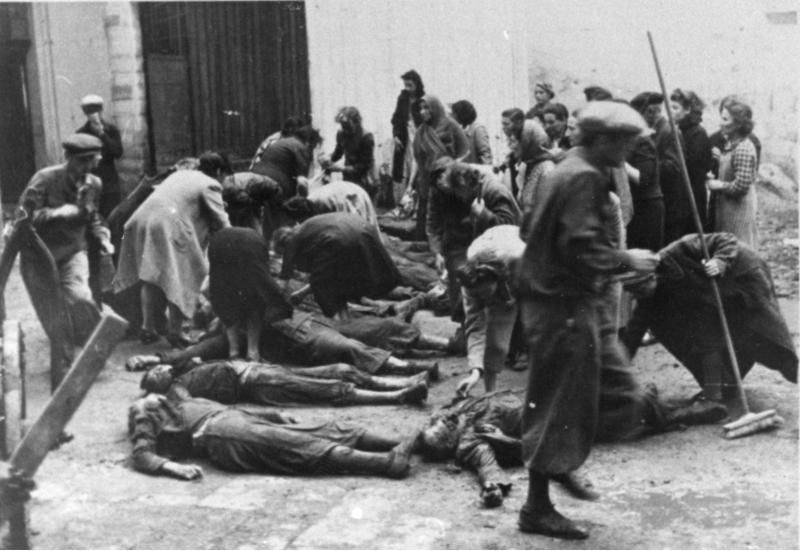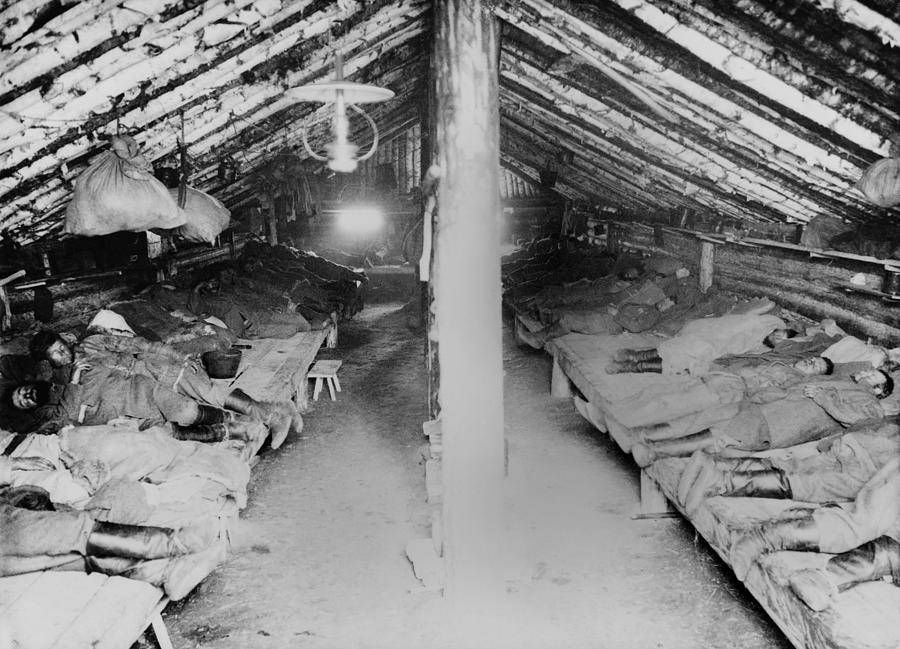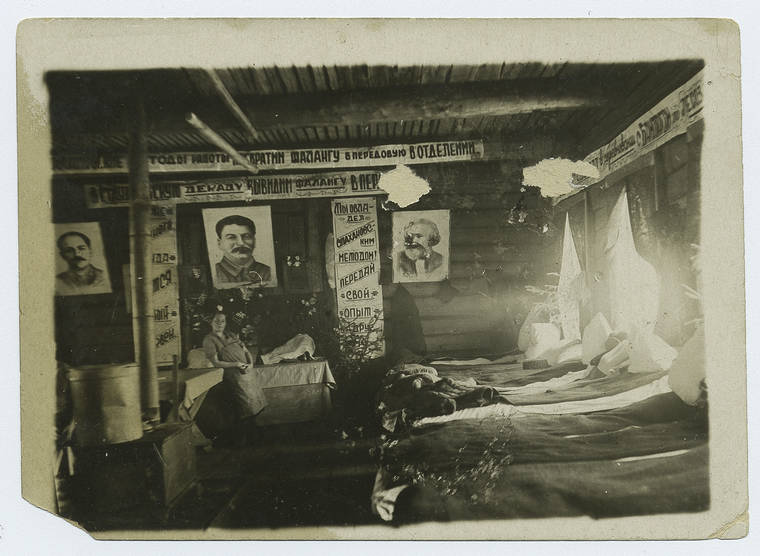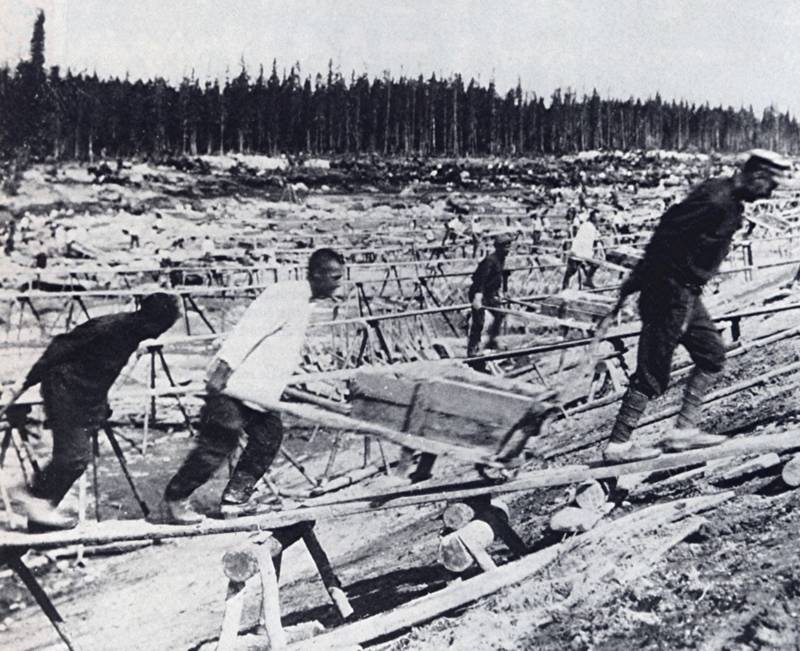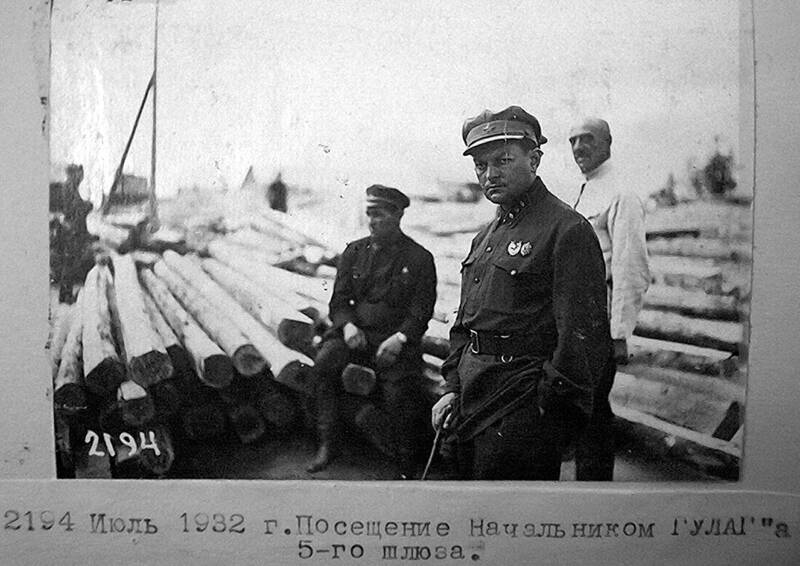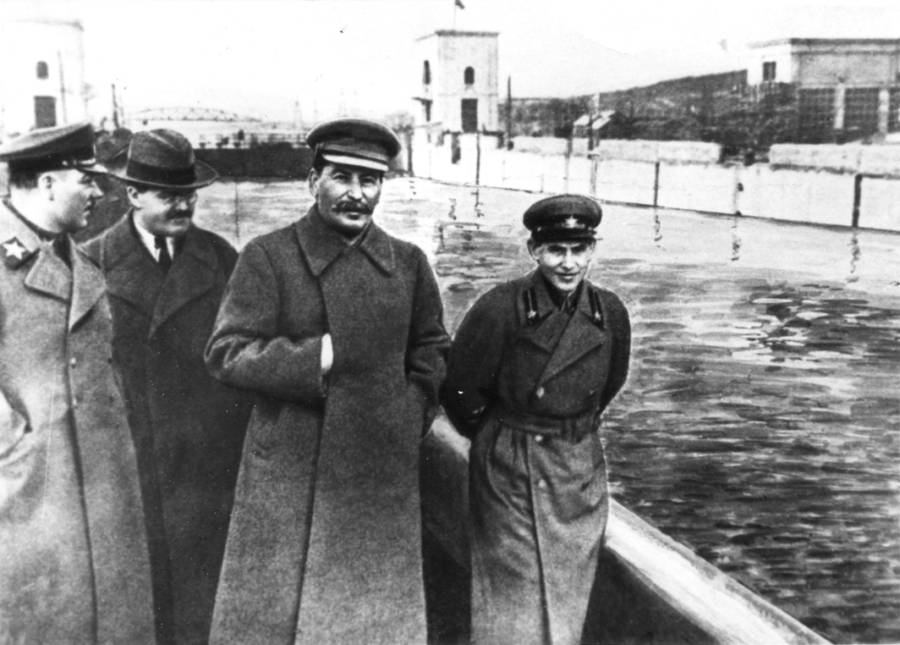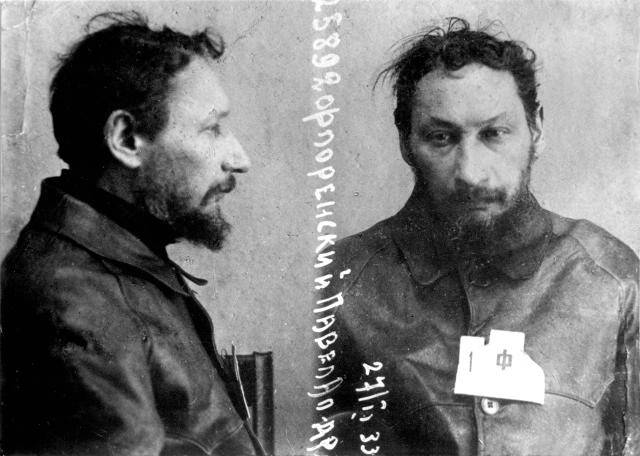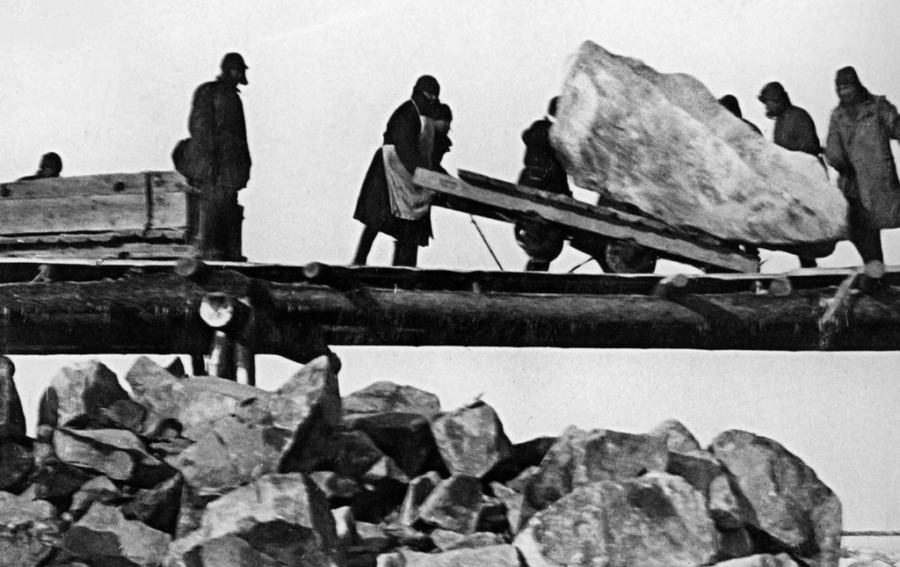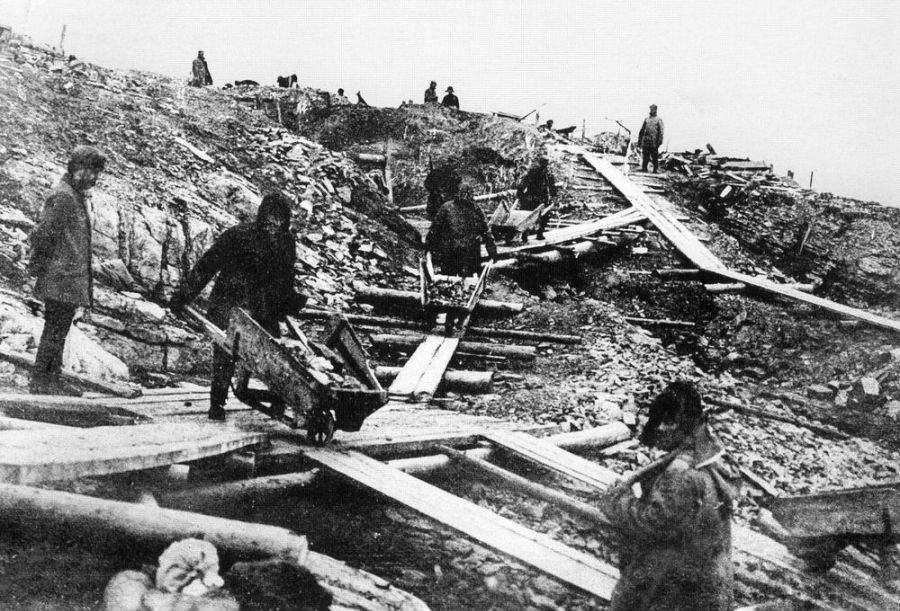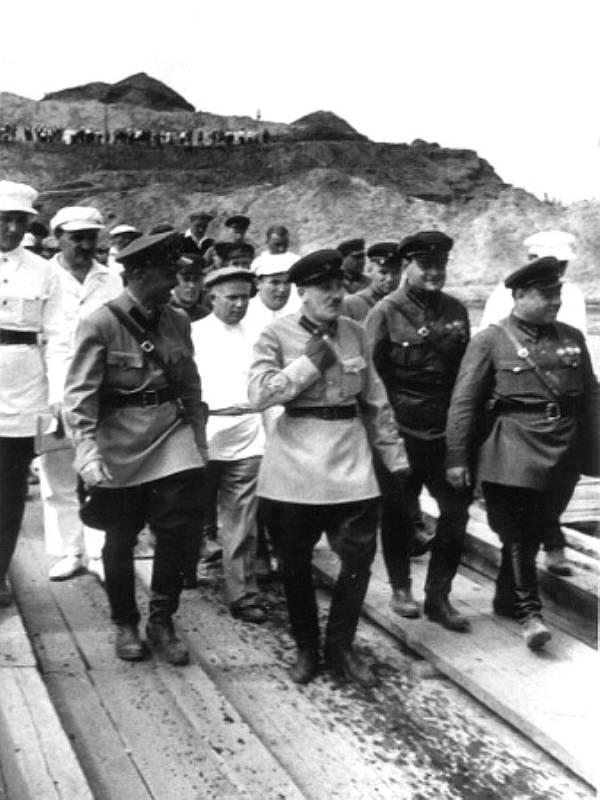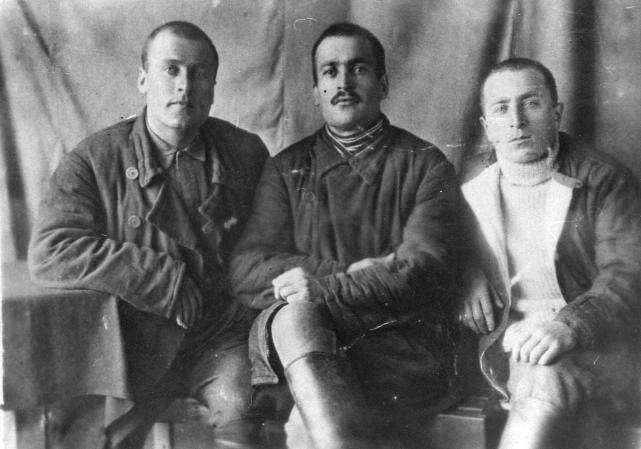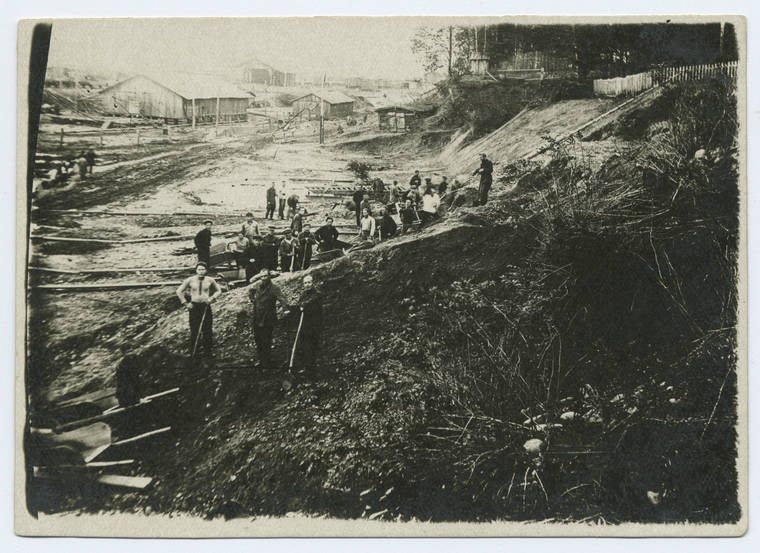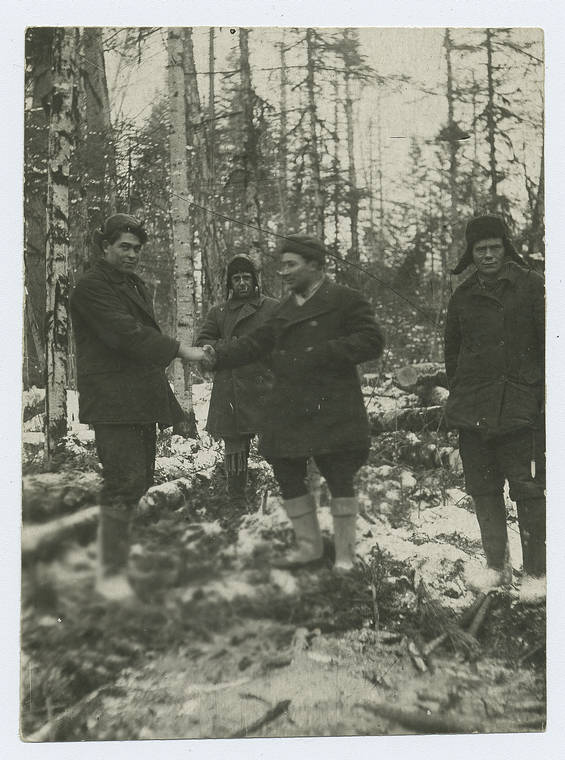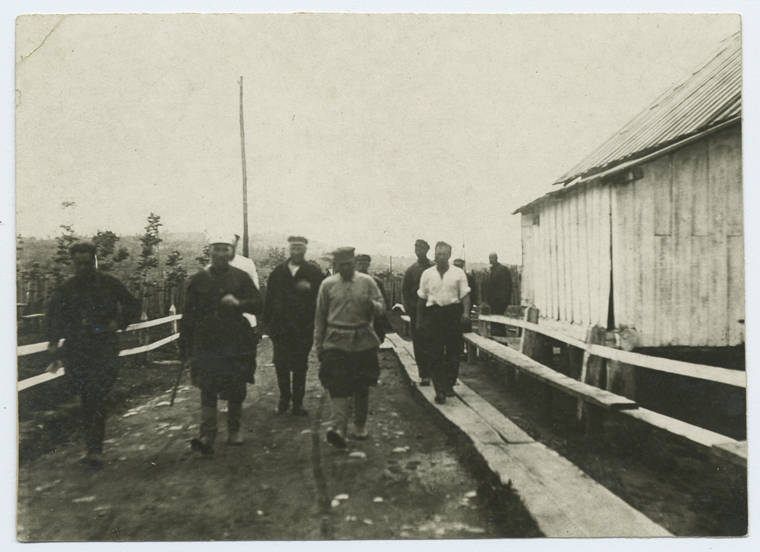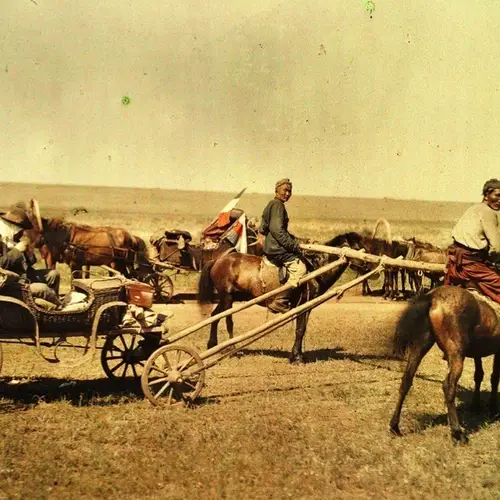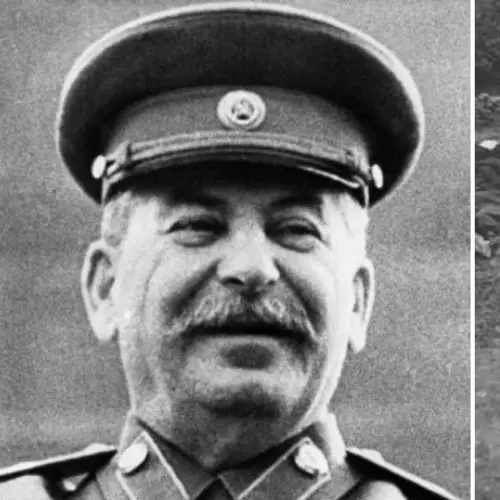From back-breaking manual labor to starvation rations, the Soviet Union's gulag camps inflicted horrific abuse upon their 18 million prisoners.
During the days of Joseph Stalin, saying one wrong word could end with the secret police at your door, ready to drag you off to a Soviet gulag. Historians estimate that between 15 and 18 million people were thrown into these forced labor camps during Stalin’s reign. In the gulags, inmates toiled under torturous conditions — sometimes to their deaths.
Some were political prisoners, rounded up for speaking out against the Soviet regime. Others were petty criminals and thieves. And some were just ordinary people, accused of saying an unkind word about a Soviet official.
They came from all over. Though many hailed from the Soviet Union — the U.S.S.R. encompassed 15 countries before it collapsed in 1991 — gulags also imprisoned people of other nationalities. Polish, French, and American prisoners toiled within these camps during the 20th century.
Wherever the gulag inmates came from, their fate was the same: back-breaking labor in freezing, remote locations with little protection from the elements and little food. The photographs below tell their story.
The Early History Of The Gulags
The history of forced labor camps in Russia is a long one. Early examples of a forced-labor-based penal system date back to the 17th century, when the tsar instituted the first "katorga" camps in remote, isolated regions.
Katorga was the term for a judicial ruling that sent a convicted person to Siberia or the Russian Far East, where there were few people and fewer towns. There, prisoners would be forced to labor on the region's deeply underdeveloped infrastructure — a job no one would voluntarily undertake.
But it was the government of Vladimir Lenin that developed the Soviet gulag system and implemented it on a massive scale.
After the 1917 October Revolution, Communist leaders found that there were many new ideologies floating around Russia — and nobody knew how fatal a new ideology could be better than the leaders of the Russian Revolution.
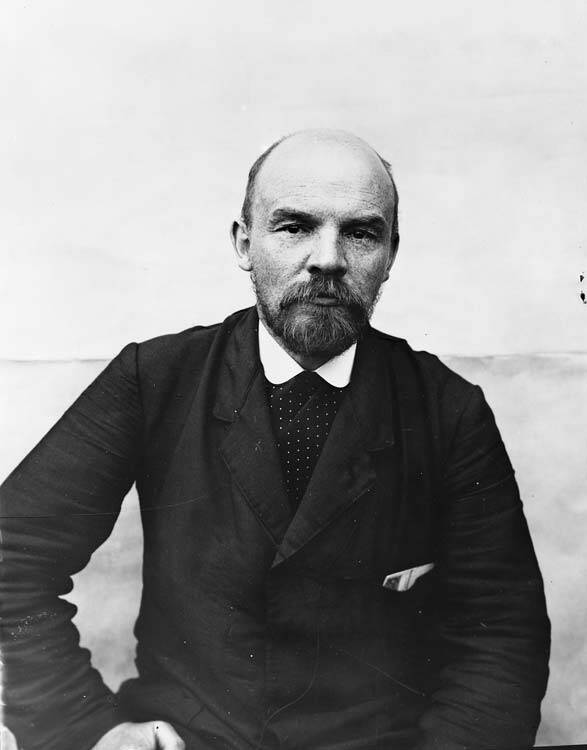
Wikimedia CommonsThe Soviet gulag system started under Vladimir Lenin, but was greatly expanded under his successor Joseph Stalin.
The leaders soon decided that it would be best if those who disagreed with Communism were sent elsewhere — and if the state could profit from forced labor at the same time, all the better. In 1919, the All-Russian Central Executive Committee passed a decree that approved the formation of numerous forced labor camps across the Soviet Union.
This updated katorga system was publicly dubbed a "re-education" campaign. Through hard labor, society's uncooperative citizens would learn to respect the common people and the new dictatorship of the proletariat.
While Lenin ruled, there were some questions about both the morality and the efficacy of using forced labor to bring workers into the Communist fold. But these doubts didn't stop the proliferation of new labor camps in the country. By 1921, 84 camps had opened up across the Soviet Union.
Things only intensified at the camps after Vladimir Lenin's death in 1924, when Joseph Stalin came to power. Under Stalin's iron-fisted rule, the Soviet gulag prisons became a nightmare of historic proportions.
How Stalin Transformed The Soviet Gulag
When Joseph Stalin came to power, he became determined to industrialize the Soviet Union. He instituted a series of five-year plans and strategies like collectivization (collective farming). And Stalin saw that the forced labor camps started under Lenin could play an important role in his strategy.

Public DomainA pro-collectivization poster, which reads, in part: "Long live the day of harvest and collectivization."
Not only did he believe that these camps could help power the Soviet Union's growth, but they were also convenient places to send anyone who stood in his way. For example, many of the early prisoners under Stalin were kulaks, or peasants, who were sent to the camps because they resisted giving up their farms and joining a collective. Other kulaks could also be sent to the camps for telling anti-Stalin jokes or even being late to work.
The term "gulag" was officially born in the 1930s. GULAG stands for Glavnoye Upravleniye Lagerey (Main Camp Administration). And under Stalin's Great Purge from 1936 to 1938, which cracked down on all forms of dissent — both real and imagined — countless people were sent to fill the country's gulags.

Public DomainGulag prisoners toiling on the White Sea–Baltic Canal. Circa 1931 to 1933.
Anyone suspected of being disloyal to Stalin was in danger, whether they were members of the Communist Party, military officers, government officials, or ordinary people who showed the slightest sign of disloyalty.
Over the two years of the Great Purge, 750,000 people were executed. But many more were sent to gulags. Eventually, 30,000 camps operated across the Soviet Union, and they'd eventually imprison up to 18 million souls.
Some of the most infamous gulags were Vorkuta, Kengir (where a brief, yet historic uprising took place), and Nazino (better known as "Cannibal Island").
So what was life like for people inside these camps?
Daily Life In The U.S.S.R.'s Forced Labor Camps
Conditions in the gulags were brutal. Prisoners were forced to work on ambitious Soviet projects, like the Moscow–Volga Canal, the White Sea–Baltic Canal, and the Kolyma Highway (also known as the "Road of Bones").

The Central Russian Film and Photo ArchivePrisoners of Belbaltlag, a gulag camp that focused on building the White Sea–Baltic Canal.
They were worked — almost literally — to the bone, using simple tools like pick-axes or even their bare hands to do intense manual labor. Some inmates worked until they collapsed, literally dropping dead. Others purposefully maimed themselves to escape the torturous labor.
The workday was bad enough, but the few moments of rest were no better. Prisoners were only given thin soup and chunks of bread to eat. Often, the amount of food they received was directly tied to the work they'd done that day, so if a prisoner worked less, he got less food. Starving and unable to work more, he got even fewer rations. Eventually, unable to work and forbidden from eating, the prisoner would slowly die of starvation.
Prisoners were so deprived of food, in fact, that they were forced to jealously guard their daily bread ration from other hungry inmates. There was no worse crime among prisoners than someone who stole bread from another person. "Accidents" for bread thieves were easy to arrange.
But even if someone was able to work and got enough to eat to survive, the nights remained torturous. Stuffed into barracks with other prisoners and forced to sleep on uncomfortable cots, sleep never came easily.
"A lesson to learn: How to distribute your body on the planks trying to avoid excessive suffering?" Jacques Rossi, a prisoner who spent 19 years in the gulag, later wrote of his experiences on his cot. "A position on your back means all your bones are in direct painful contact with wood..."
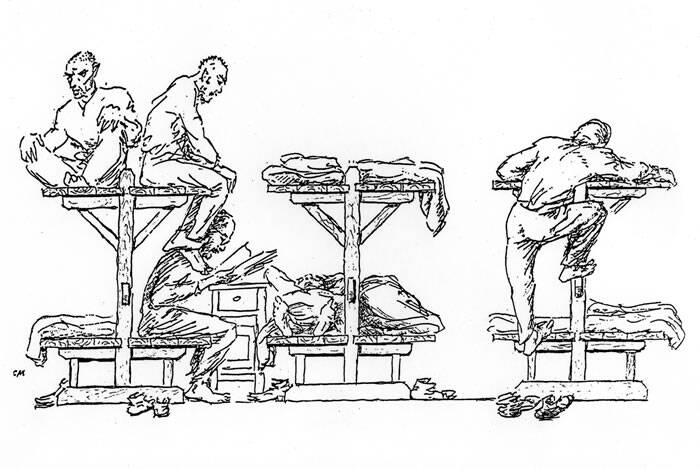
Regina Gorzkowski-RossiAn illustration of the gulag barracks by Jacques Rossi.
He continued: "To sleep on your belly is equally uncomfortable. Until you sleep on your right side with your left knee pushed against your chest, you counterbalance the weight of your left hip and relieve the right side of your rib cage. You leave your right arm along the body, and put your right... cheekbone against the back of your left hand."
No exceptions were made for women, many of whom were only imprisoned because of the "crimes" of their husbands or fathers. Their accounts are some of the most harrowing to emerge from the gulag prisons.
Women In The Gulag System
Though women were usually housed in barracks apart from the men, camp life did little to really separate the genders. Most women reported that the most effective survival strategy was to take a "camp husband" — a man who would exchange protection for sexual favors. Still, many women were victims of rape and violence by their fellow inmates as well as the guards.
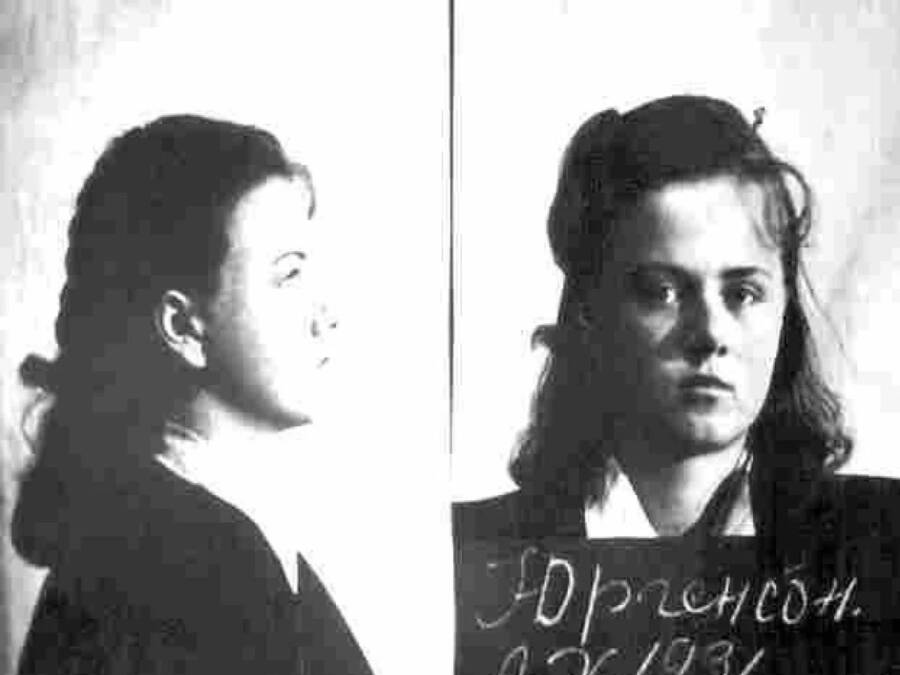
Public DomainAili Jürgenson, a 14-year-old from Estonia who was arrested for blowing up a Soviet monument. She was sent to a gulag camp for her actions, but she ultimately survived her brutal punishment.
One female gulag camp survivor named Elena Glinka recalled a horrific mass rape that once occurred, known as the "Kolyma tram."
"The men rushed the women and began to haul them into the building, twisting their arms, dragging them through the grass, brutally beating any who resisted," Glinka later remembered.
She continued: "A line of about 12 men formed by each woman, and the Kolyma tram began. When it was over, the dead women were dragged away by their feet; the survivors were doused with water from the buckets and revived. Then the lines formed up again."
Not only were women in the gulags subjected to horrifying sexual violence, but they also had to deal with heartbreak when it came to their children. If a woman had a child with her, she would often have to divide her rations to feed them — sometimes as little as 140 grams of bread per day.
But for some of the female prisoners, simply being allowed to keep their children was a blessing. Many of the children born in gulags were shipped to distant orphanages or put under the "care" of officials.
The End Of The Soviet Gulag System
For decades, the gulags struck fear into Soviet citizens across the country. Friends and neighbors disappeared; rumors about the horrific camp conditions spread. No one knew who would get taken next, or why.
"[The gulag] created fear," Anne Applebaum, the author of Gulag: A History, explained to The Atlantic in 2013. "It was very spread out, it had branches all over the Soviet Union and everybody knew about it. Everybody was aware that it existed. It wasn't some kind of hidden part of society. It functioned as something that would scare people."
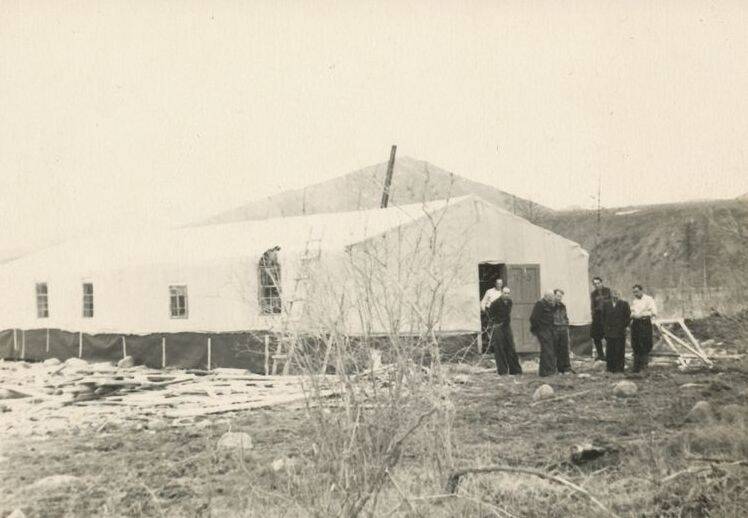
Kaunas 9th Fort Museum/Wikimedia CommonsA barrack in the Kolyma region in the 1950s.
Joseph Stalin found the gulags so effective that he planned on expanding them. In the 1950s, he ordered the construction of new camps, purportedly because he was planning a second Great Purge that would target Soviet Jews. However, Joseph Stalin died in 1953 before this could get started.
This ushered in the beginning of the end of the Soviet gulag system. When Nikita Khrushchev became the premier in 1958, he instituted a policy of "de-Stalinization" and leniency that was dubbed the "Khrushchev Thaw." That said, the gulags did not completely disappear in the country.
Over the next 30 years, criminals, democratic activists, and anti-Soviet protestors were still sent to the prison camps. And shockingly, some new camps were even built to house the new inmates.
Wrestling With A Difficult Legacy
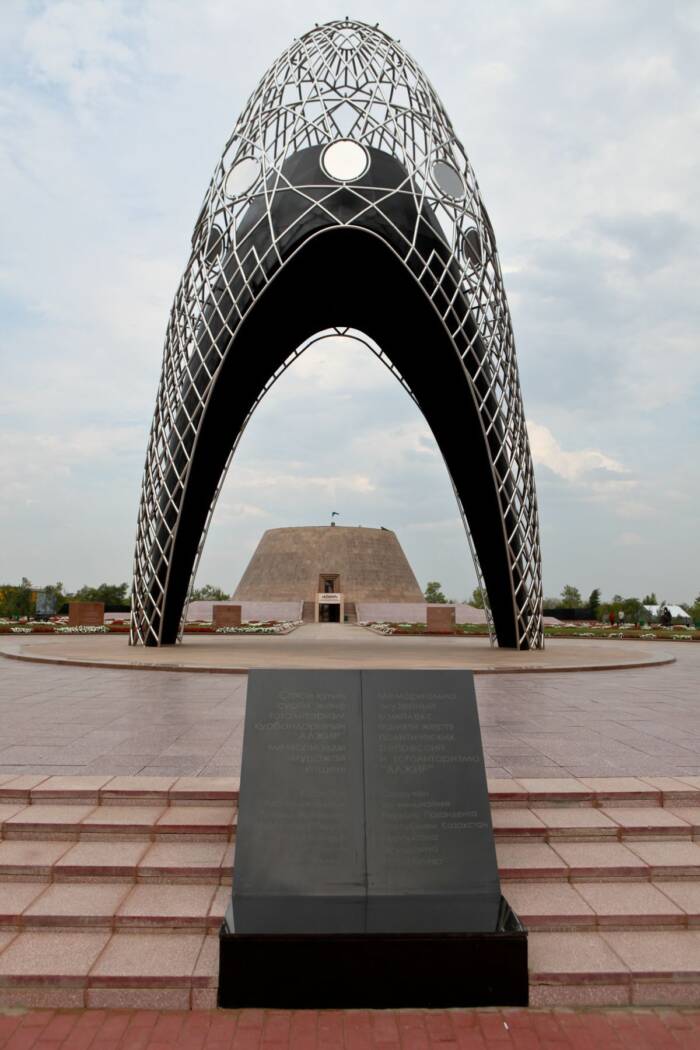
Ninaras/Wikimedia CommonsA monument to the victims of the Akmola Labour Camp for Wives of Political Dissidents in Astana, Kazakhstan.
Today, the gulags remain a thorny part of Soviet history. Though some Russians view them as a past "necessary evil," it's unclear how much they really helped production in the Soviet Union. Some 25,000 people lost their lives while building the White Sea–Baltic Canal, for example, and the canal itself was originally far too shallow and narrow for any ship to navigate.
And then there's the question of "what if." What if Soviet citizens had fought back against the gulag system? That's a question that Aleksandr Solzhenitsyn famously asked in The Gulag Archipelago (1973), a work so controversial that Solzhenitsyn lost his Soviet citizenship.
"What would things have been like if every Security operative, when he went out at night to make an arrest, had been uncertain whether he would return alive and had to say goodbye to his family?" Solzhenitsyn asked.
"Or if, during periods of mass arrests, as for example in Leningrad, when they arrested a quarter of the entire city, people had not simply sat there in their lairs, paling with terror at every bang of the downstairs door and at every step on the staircase, but had understood they had nothing left to lose and had boldly set up in the downstairs hall an ambush of half a dozen people with axes, hammers, pokers, or whatever else was at hand?"
But such a thing never came to pass. By the time Stalin died, countless people had perished. Some worked themselves to death, some had starved, and others were simply dragged out into the woods and shot.
It is unlikely the world will ever have an accurate count of the lives lost because of the camps. Some 10 percent of gulag prisoners died every year, and at least 1.5 million people died while imprisoned. But this doesn't account for the ripple effects — the families impacted, the livelihoods lost, and the emotional devastation felt by those left behind.
Though some of Stalin's successors ruled with a gentler hand, irreparable damage had already been done by that point. Take a look at what life was really like in the brutal Soviet gulags in the gallery above.
After reading about the gulags of the Soviet Union, check out these photos of abandoned Soviet monuments and fascinating Soviet propaganda posters.
